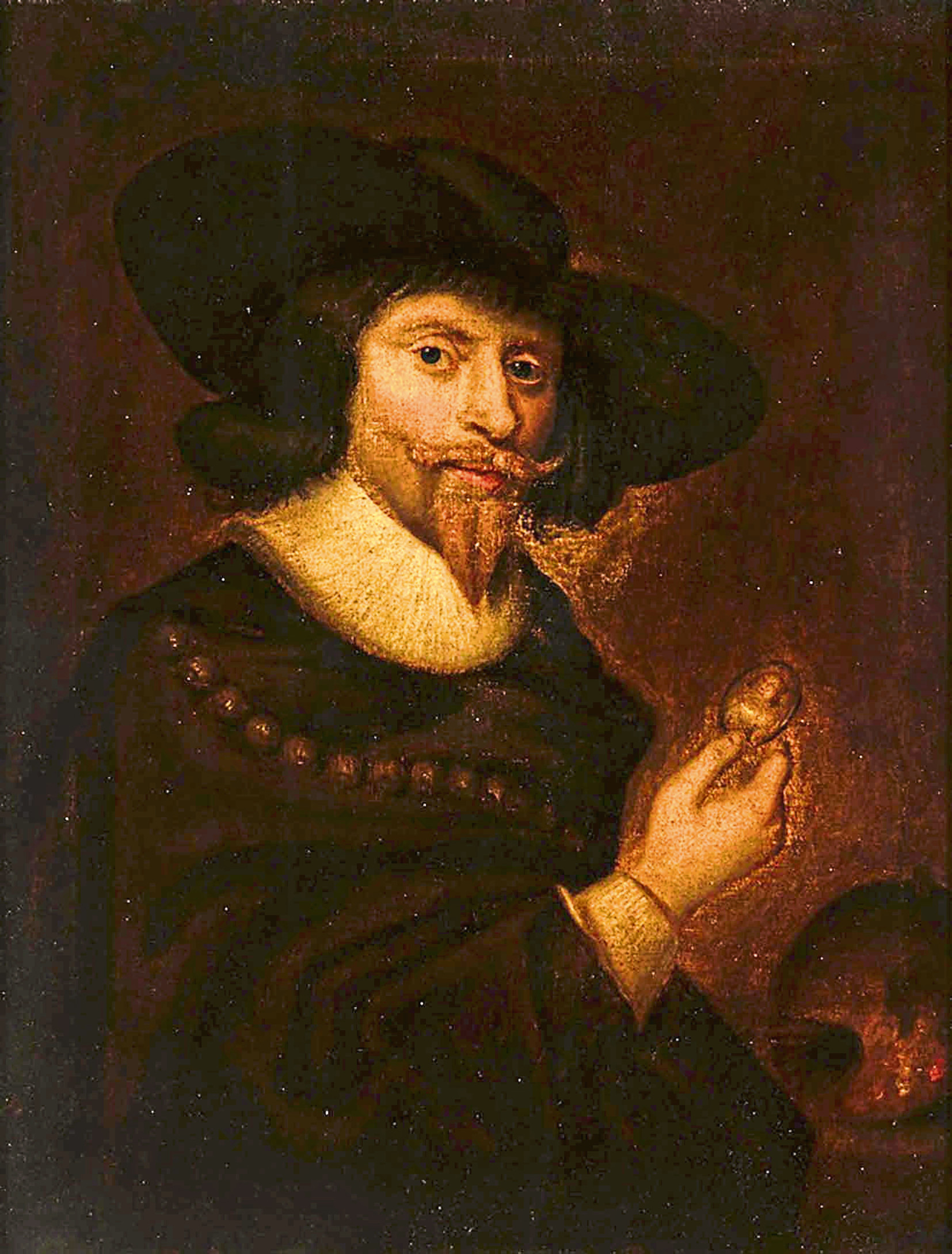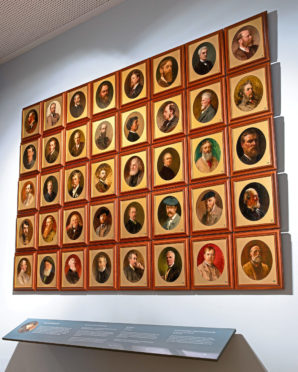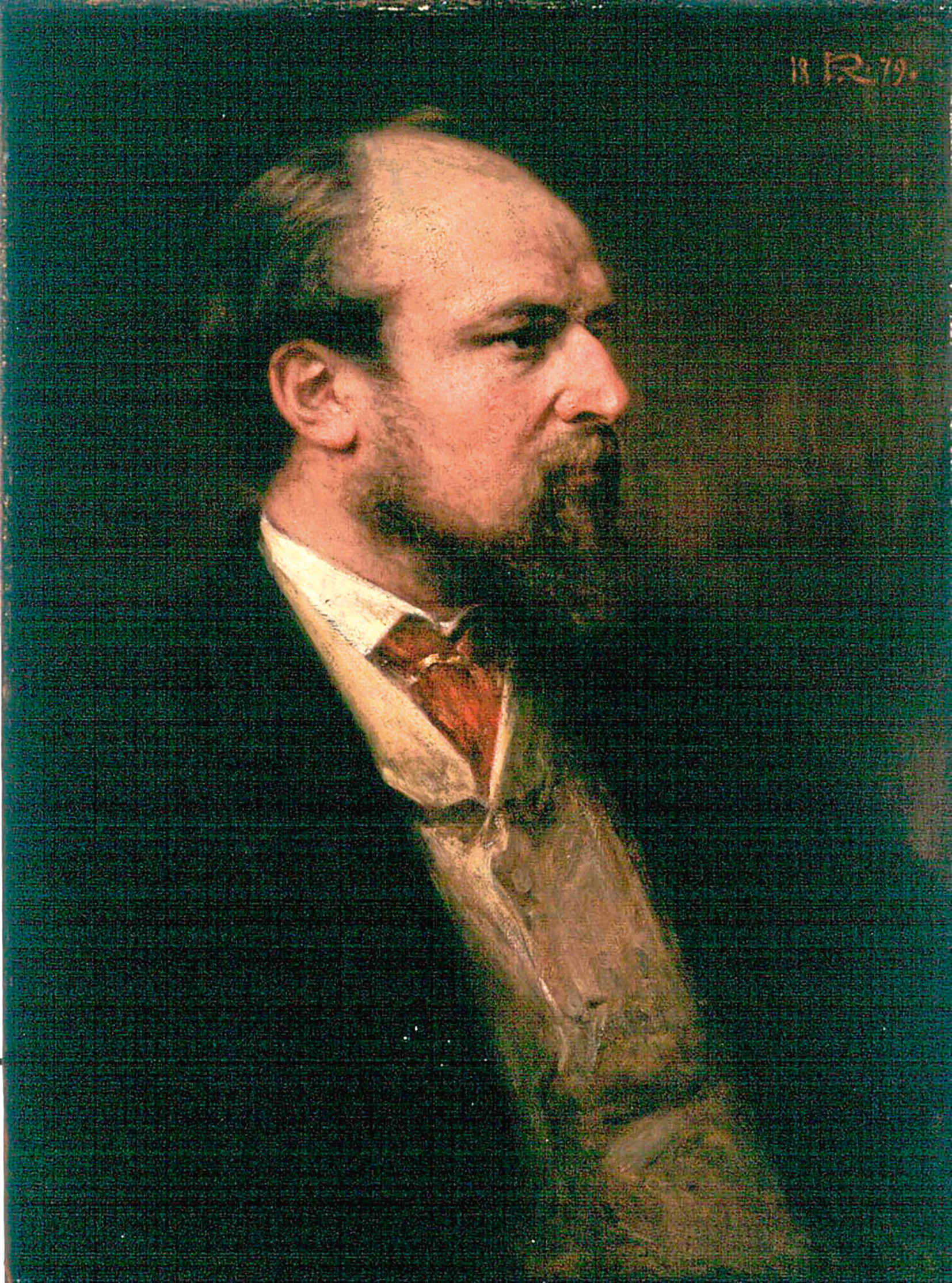We’re programmed to think of all artworks as unique objects, their individuality the reason why we give them our time and attention, but I do not think this is true when it comes to the Macdonald portraits in Aberdeen Art Gallery & Museums collection.
Each work might represent one of the many different contemporary artists Aberdeen granite merchant, Alexander Macdonald, either knew or whose work he admired and collected – a total of 93 to be precise, but their impact lies in the fact of each being part of a group or ‘series’ of artworks.
Alexander Macdonald
The desire to collect an area of special interest was not unique to the 19th-Century Macdonald, in truth it is the reason behind the birth of many modern museum collections. Moreover, it should be noted that examples of group portrait collection extend back to ancient times. Take for instance the classical practice of displaying groups of sculpted marble busts representing rulers, gods or famous writers of the era. Later in 7th-Century AD China, we see similar replicated in Emperor Taizong’s commissioning of the Portrait of Succession Emperors, wherein paintings of 13 emperors were created to legitimise Taizong’s succession and reinforce his power.
George Jamesone self-portrait

Aberdeen’s own George Jamesone even got in on the act, producing a series of likenesses of the historic Kings of Scotland. These were displayed on a triumphal arch to welcome Charles I to Edinburgh for his Scottish coronation in 1633. As with Emperor Taizong, these portraits were designed to show Charles as the latest in a dynasty of kings – an artistic rubber stamp of his royal authority.
But why did Macdonald commission his series, what were his motivations? Was he showing off the scale of his interest in the arts to his friends? Was he trying to portray himself as the top industrialist in town? Personally, I like to think it was his way of honouring those artists who had brought him so much pleasure, and to me it is easiest to appreciate Macdonald’s sense of pleasure when I see his artist’s portraits displayed together.
A curated selection of Macdonald portraits is currently on display in Gallery 1: Collecting Art, in Aberdeen Art Gallery. Open Wednesday – Monday 10am-4pm. Advance booking advisable at www.aagm.co.uk/tickets











